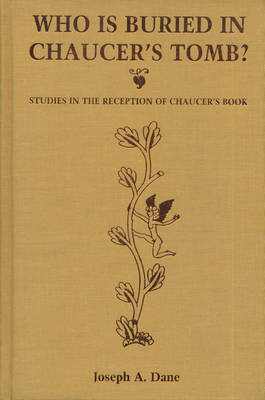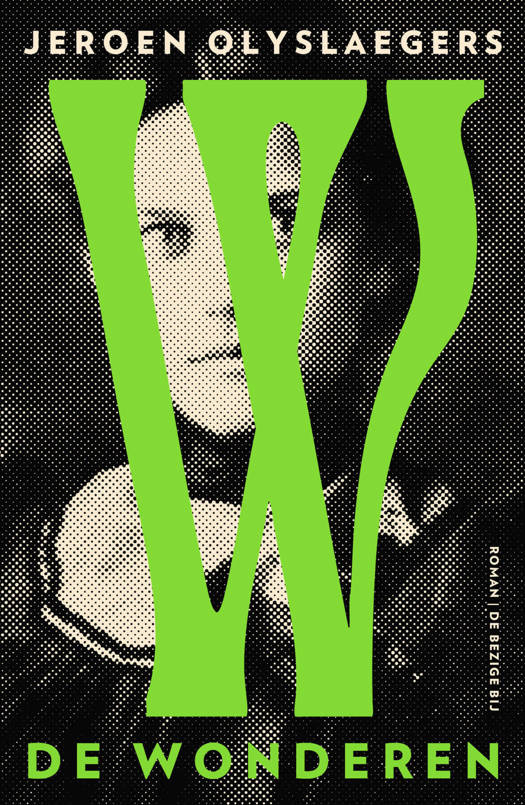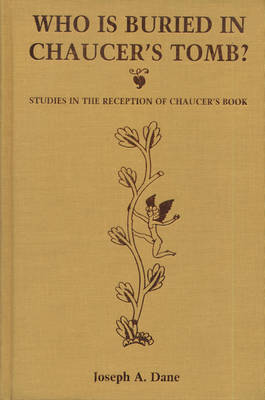
- Afhalen na 1 uur in een winkel met voorraad
- Gratis thuislevering in België vanaf € 30
- Ruim aanbod met 7 miljoen producten
- Afhalen na 1 uur in een winkel met voorraad
- Gratis thuislevering in België vanaf € 30
- Ruim aanbod met 7 miljoen producten
Zoeken
Who Is Buried in Chaucer's Tomb?
Studies in the Reception of Chaucer's Book
Joseph A Dane
Hardcover | Engels
€ 27,95
+ 55 punten
Omschrijving
Joseph A. Dane examines the history of the books we now know as "Chaucer's"--a history that includes printers and publishers, editors, antiquarians, librarians, and book collectors. The Chaucer at issue here is not a medieval poet, securely bound within his fourteenth-century context, but rather the product of the often chaotic history of the physical books that have been produced and marketed in his name. This history involves a series of myths about Chaucer--a reformist Chaucer, a realist Chaucer, a political and critical Chaucer who seems oddly like us. It also involves more self-reflective critical myths--the conveniently coherent editorial tradition that leads progressively to modern editions of Chaucer. Dane argues that the material background of these myths remains irreducibly and often amusingly recalcitrant. The great Chaucer monuments--his editions, his book, and even his tomb--defy our efforts to stabilize them with our critical descriptions and transcriptions. Part I concentrates on the production and reception of the Chaucerian book from the sixteenth to the eighteenth centuries, a period dominated by the folio "Complete Works" and a period that culminates in what Chaucerians have consistently (if uncritically) defined as the worst Chaucer edition of 1721. Part II considers the increasing ambivalence of modern editors and critics in relation to the book of Chaucer, and the various attempts of modern scholars to provide alternative sources of authority.
Specificaties
Betrokkenen
- Auteur(s):
- Uitgeverij:
Inhoud
- Aantal bladzijden:
- 309
- Taal:
- Engels
Eigenschappen
- Productcode (EAN):
- 9780870134326
- Verschijningsdatum:
- 31/05/1998
- Uitvoering:
- Hardcover
- Formaat:
- Genaaid
- Afmetingen:
- 152 mm x 229 mm
- Gewicht:
- 625 g

Alleen bij Standaard Boekhandel
+ 55 punten op je klantenkaart van Standaard Boekhandel
Beoordelingen
We publiceren alleen reviews die voldoen aan de voorwaarden voor reviews. Bekijk onze voorwaarden voor reviews.








